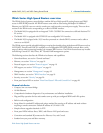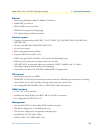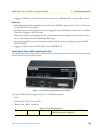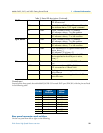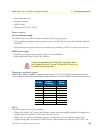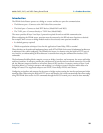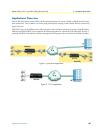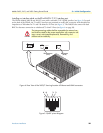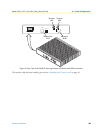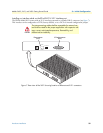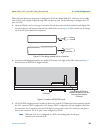
Introduction 25
Models 2603, 2621, and 2635 Getting Started Guide 2 • Product Overview
Introduction
The IPLink Series Router operates as a bridge or a router and has two ports for communication:
• The Ethernet port—Connects to the LAN side of the connection
• The Serial port—Connects to local DTE devices (Model 2621 and 2635)
• The T1/E1 port—Connects directly to T1/E1 lines (Model 2603)
The router provides all layer 2 and layer 3 protocols required for end-to-end-link communication.
When configuring the IPLink router, questions must be answered so the IPLink router functions as desired.
For example, when a router or bridge module needs to be activated, some questions would be:
• Is a default gateway required?
• Which encapsulation technique is best for this application: Frame Relay, PPP, or another?
These decisions can be made and implemented more easily if The IPLink Series router’s fundamental architecture
is understood. Also, while configuring The IPLink Series router via a browser using the built-in HTTP server is
very intuitive, an understanding of the architecture is essential when using the command-line interface (CLI)
commands.
The fundamental building blocks comprise a router or bridge, interfaces, and transports. the router and bridge
each have interfaces. A transport provides the path between an interface and an external connection. For exam-
ple, the Ethernet transport attaches to an Internet Protocol (IP) interface. A transport consists of layer 2 and
everything below it. Creating a transport and attaching it to a bridge or router’s interface enables data to be
bridged or routed. The supported transports are PPPoE, Frame Relay, PPPoH, and Ethernet.
Configuring an interface and transport for the router or bridge requires naming the interface and transport before
attaching them. When using the built-in HTTP server web browser, this is done automatically. But when config-
uring The IPLink Series router via CLI commands through the RS-232 control port, it must be done manually.




